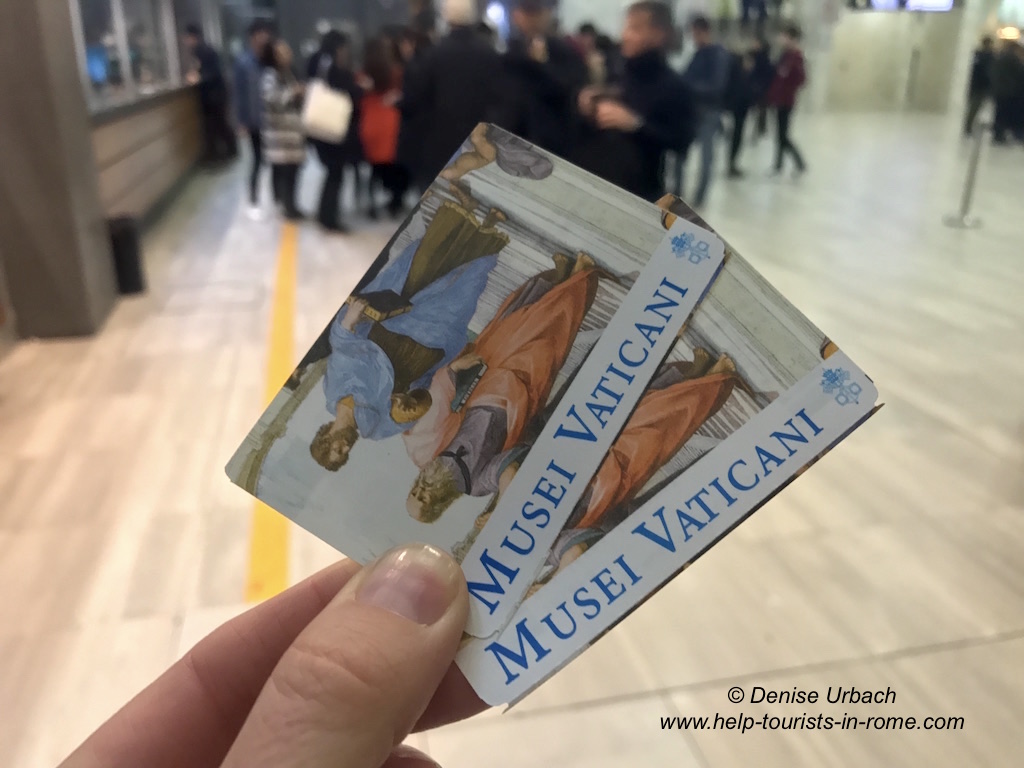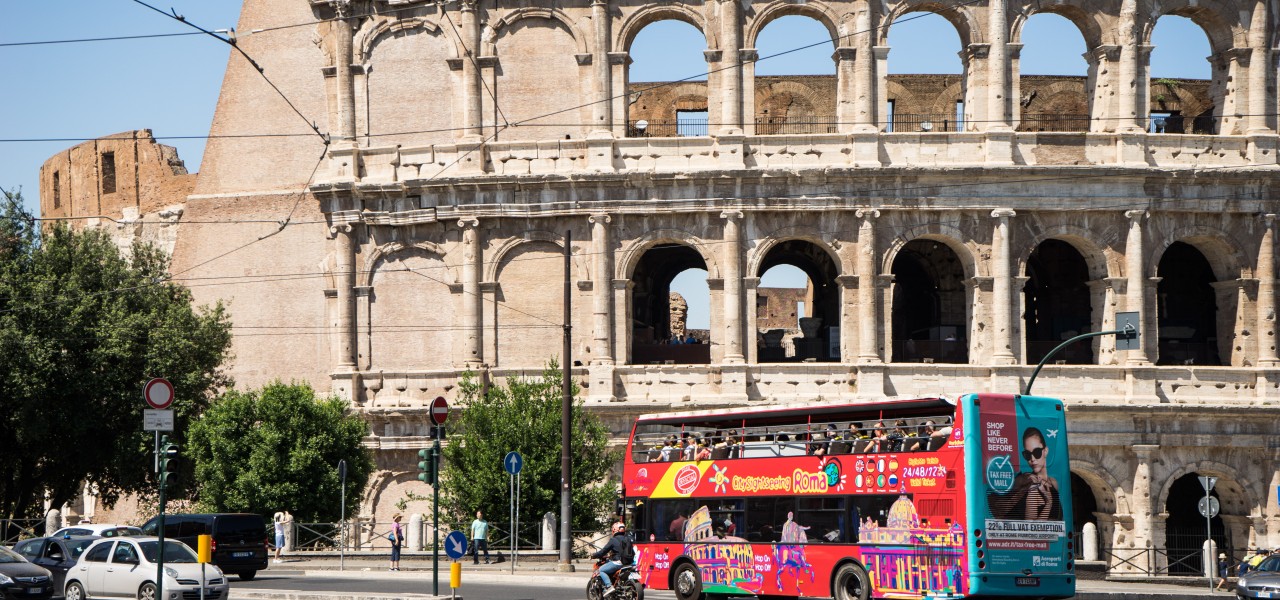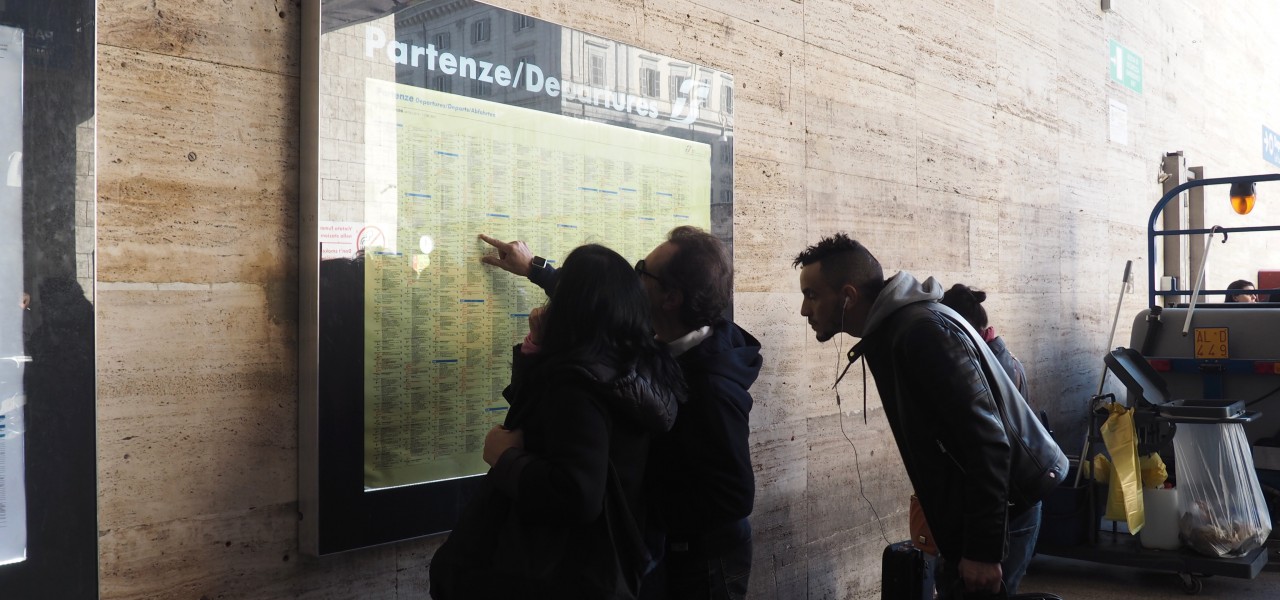Sistine Chapel in Rome. Millions of tourists from all over the world come to the Vatican every year to see the famous Sistine Chapel with their own eyes. But the Sistine Chapel is much more than just a tourist magnet. It is more than just a program item that needs to be checked off quickly. It hides many secrets, scandals and emotions and is a milestone in art history. In the following article you will learn when and how you can visit it. In addition, I explained the background of their creation and tell you some of their secrets.
The Sistine Chapel in Rome: Practical information
Sistine Chapel in Rome: Tickets

If you are looking for tickets for the Sistine Chapel, then unfortunately I have to disappoint you. Because there is no ticket to buy. There are no single tickets available for the Sistine Chapel in stores. The reason is pretty simple! The chapel is part of the Vatican Museums. So your ticket for the Vatican Museums is also your ticket to the Sistine Chapel.
All information about the visit of the Vatican Museums, which allow access to the Sistine Chapel, can be found separately in a detailed article on the subject. Here again the most important thing in short:
Sistine Chapel in Rome: Entrance
The entrance to the Vatican Museums and thus to the Sistine Chapel is located in Viale Vaticano just a few minutes walk from the metro station Ottaviano (line A). There you can also buy the tickets directly. If you can avoid the queue comfortably, I recommend you to book the tickets in advance online. This not only saves time but also nerves.
Sistine Chapel in Rome: Entry
The admission fee for the Vatican Museums including the Sistine Chapel in Rome is € 17 for adults. Young people between the ages of 6 and 18 and students up to 25 pay only 8 Euro. Children under 6 years of age generally enjoy free admission to the museums. If you want an audioguide, then add a few euros (depending on the ticket category that is 5 to 8 euros).
Sistine Chapel in Rome: Opening hours
The musei vaticani are open from Monday to Saturday from 9am to 6pm. The last admission is already at 16 o’clock. On Sundays the Vatican Museums are usually closed, with the exception of the last Sunday of the month: open from 9am to 2pm and even free! Full details of the opening hours can be found in the already mentioned article about the Vatican Museums.
Sistine Chapel in Rome: Dress code
During your visit to the Sistine Chapel and the museums, pay attention to appropriate, not too revealing clothing. These are sacral places where shoulders and knees are to be covered. A scarf or a pareo for throwing over is usually sufficient for this purpose.
It is strictly forbidden to take pictures inside the Sistine Chapel. That’s why you won’t find any pictures of Michelangelos paintings in this article. But unfortunately not everyone stands to the rules.
The Sistine Chapel: History, paintings and Michelangelo
The Sistine Chapel in the Vatican was originally known as Capella Magma and dedicated to the Assumption of Mary. But now it is named after Pope Sixtus IV, who ordered their restoration between 1475 and 1481.
With a length of 40.23 meters, a width of 13.41 inches and a height of 20.70 meters, the Sistine Chapel corresponds to the identical proportions of the Solomonic Temple in Jerusalem from the 6th century BC. Chr., Whose destruction is described by the Babylonians in the Old Testament. The paintings and frescoes of the Sistine Chapel occupy more than 1,000 square meters. In total, more than 300 figures are painted on the ceiling.
Michelangelo’s creation story in the vault of the Sistine Chapel
After its inauguration in 1483, Pope Julius II decided in 1508 to redesign the ceiling of the Sistine Chapel, painted to this day only with blue and gold stars. For this commission Michelangelo painted the ceiling fresco “The Creation”. You can see it on the ceiling vault of the chapel.
Originally, if you believe the sources, the then 33-year-old Michelangelo took over this job only against his will. Actually, he was rather active as a sculptor and now he should paint on behalf of the Pope 520 square meters overhead. Although at the time Michelangelo feared that he would not be up to this painterly task, he wrote (art) history with the Sistine Chapel.
To paint the vault, Michelangelo built his own scaffolding, a platform of wooden planks resting on pillars made of holes in the walls at the height of the windows. Only after the work was completed and the scaffolding was dismantled, the artist himself could consider his work as a whole.
The creation of Adam/ The heart of the Sistine Chapel
The creation of Adam in the center of the ceiling fresco is a motive that probably has come to all of you already. Betting? If you stand in the middle of the Sistine Chapel and look upwards, you will see the most famous fresco in the vault of the chapel, which is considered to be one of the most famous works of art history.
By Michelangelo, God was generally depicted only as a hand pointing down through the clouds. The Sistine Chapel depicts God’s first reproduction with a muscular body and a face framed by a long white beard, similar to the Greek god Jupiter. At that time a revolution!
If you look closely, you may also realize that the figures and shadows depicted behind the robes of God and the angels are reminiscent of the representation of the human brain. Perhaps that was Michelangelo’s way to symbolize the transmission of intelligence to man by God.
Later, Michelangelo also painted the imposing painting behind the altar, which bears the title “The Last Judgment”. The fact that much bare skin is shown in Michelangelo’s works caused great indignation among his contemporaries. The frescoes therefore had to be censored after the death of their creator.
Sistine Chapel: The place where popes are made
Since 1870 the Sistine Chapel is the seat of the Conclave. This is the assembly in which the new pope is elected. While the world public is informed about the successful choice by the white smoke from the chapel’s chimney (which is specially installed for this purpose), the freshly baked Pope is brought to the so-called Tear Chamber. A chapel located to the left of the altar below the Last Judgment, where the Chosen One wears the papal robe for the first time. The name comes from the fact that the new Pope, usually overwhelmed by the emotions of being appointed head of the Catholic Church, bursts into tears.
The Sistine Chapel is not a museum but a place of worship
Although the Sistine Chapel is still part of the Vatican Museums, it has retained its functions as a church until today. And it is still the scene of important religious events in the liturgical year. For example, every year on the occasion of the Feast of the Baptism of the Lord, a mass is celebrated at which the Holy Father baptizes the children.
Of course these are just a few of the secrets and wonders that hide this chapel. It is best to take your time and book a tour so that you can see the wonders of the Sistine Chapel with your own eyes during your visit.









